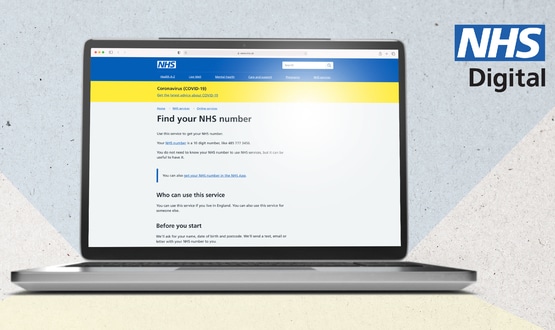NHS Number to be mandated from 2014
- 6 June 2013

Trusts will be contractually obligated to use the NHS Number as their primary patient identifier from April 2014.
Tim Kelsey, NHS England’s national director for patients and information, wrote on his blog post on NHS Voices that using the NHS Number was one of the ”urgent steps” needed to “make the data revolution real.”
“We will require all NHS providers funded by NHS England to use the NHS Number as their primary identifier so that all data can be linked and patients identified, with accuracy.
“From April 2014, this will be a contractual obligation for providers,” he said.
One of the key targets in NHS England’s Business Plan for 2013-14 – 2015-16, ‘Putting Patients First’, is to have 95% of trusts using the NHS Number as the prime identifier in clinical correspondence by January 2015.
EHI Intelligence recently interviewed 16 heads of IT at NHS acute trusts for a new report, ‘Routes to EPR’, and only three were using the NHS Number as their primary identifier.
Others pointed out significant difficulties in using it in this way, including: treating many patients from outside England and Wales; a legacy of trust reference numbers on paper files; and poor use of the NHS Number by other parts of the health service.
The NHS Number is a ten digit number for every patient registered with the NHS in England and Wales.
Adapted from the serial number of the Second World War’s national identity cards, the NHS Number has been used in a variety of previous systems, but the current format was introduced in 1996.
In 2008, the National Patient Safety Agency published a Safer Practice Notice for the NHS Number, which mandated its use as the national patient identifier, or alongside any local identifier used.
Neelam Dugar, former chair of the UK Imaging Informatics Group and consultant radiologist at Doncaster and Bassetlaw Hospitals NHS Trust, told EHI that using the NHS Number was important, but that a local identifier should also be allowed.
“I think the NHS Number is essential, but what needs to happen is that we need two unique identifiers within the NHS organisation,” she said.
She explained that at Doncaster and Bassetlaw, the trust used a local identifier, which was the number entered into the patient administration system. However, if the patient’s NHS Number was available that should also be listed on any patient letter or record.
“If you get someone who is unconscious coming in, you can put the local identifier in the PAS straight away, but you can’t with the NHS number,” she said.
“We need a local identifier which is the PAS number for the basis of electronic records and departmental systems in the trust. But any communication outside the organisation, the NHS number should be mandatory.
“It’s important to link different patient information from different organisations and using the NHS number is the best way of linking the data in a safe way. “



